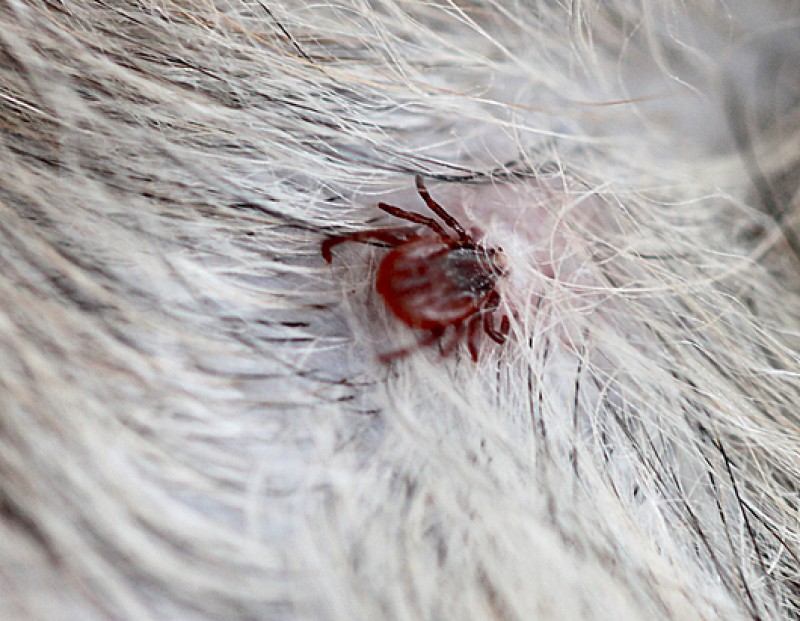article_detail
Date Published: 22/06/2021
ARCHIVED - Warning about increased number of ticks due to the wet spring
Veterinarians are warning about the risks to both humans and animals associated with ticks

Following a recent rise in the prevalence of ticks, the Official School of Veterinarians in the Region of Murcia has joined its voice to those of others in Spain expressing concern about the increased numbers of these parasites and the risks they pose to both humans and pets due to the wet spring weather conditions.
This spring has been particularly wet not only in Murcia, but in other areas of Spain and has led to a proliferation of ticks, which will continue for the next couple of months.
Dog walkers who exercise their pets in grassy areas, meadows, wetlands or woodlands will be familiar with these insects, which look like flat, squashed, shiny spiders, waiting on blades of grass to cling to the fur of passing animals (or the hairy legs of cyclists or walkers!).
Once aboard, they burrow into the fur, bite into the skin and swell with blood to resemble bloated pieces of corn attached to the skin.
But although the bite is painful, the principal issue is the diseases that ticks can carry and the risk surrounding the actual bite, which is prone to infections and can make humans, as well as pets, very ill indeed.
There are more than 20 varieties of ticks found in Spain.
It is important to take preventative steps such as using repellent and checking pets for ticks after walks (in our own home, dogs are given a brush after walking and this usually highlights a few "passengers" amongst the fur; check the feet as well as ticks often conceal themselves between toes). Brushing down clothing is also important as the ticks can climb up clothing from socks or trouser legs and appear hours later. They also have a habit of dropping onto the floor and find a leg up which to climb days later. Ticks can survive for many weeks without feeding, waiting for a suitable leg to pass.
Killing a tick is surprisingly difficult, but in our household we have found the easiest way is to keep a piece of folded paper handy, put the tick between the paper and roll a pen over the top of the paper on a hard surface, squashing the tick and keeping contact to a minimum. Wash hands after handling or squashing the tick.
If a tick is found on an animal, or another human, removing it as quickly as possible is important, but rather than pulling it out, dab it with pure alcohol (nail varnish remover also does the trick) and it will quickly detach.
In the case of a tick bite, after removing the insect it is vital to clean and disinfect the bite and be aware of potential symptoms, which include fever, fatigue and rashes that can last for up to a month after the tick is removed.
Although the bite itself can cause some symptoms and lead to infection, the biggest risk is the diseases that the tick can transmit, so if you have been bitten yourself and observe any of these symptoms, it's worth going to the doctor for a check-up as some expat residents have been very ill after being bitten by a tick.
Veterinarians urge pet-owners to conserve the tick, in a closed jar filled with alcohol, so that vets and zoologists can identify the insect and determine which diseases it could be carrying, as each species can transmit different illnesses of varying severity.
And obviously, take precautions to protect pets by applying preventative treatments either in the form of a liquid applied to the neck or tablets; any ticks that do bite will rapidly die and fall off the animal.
Thank you to our sponsor, Maskota vets in Fuente Álamo, for their support of this product.
Loading
Contact Spanish News Today: Editorial 966 260 896 /
Office 968 018 268
































